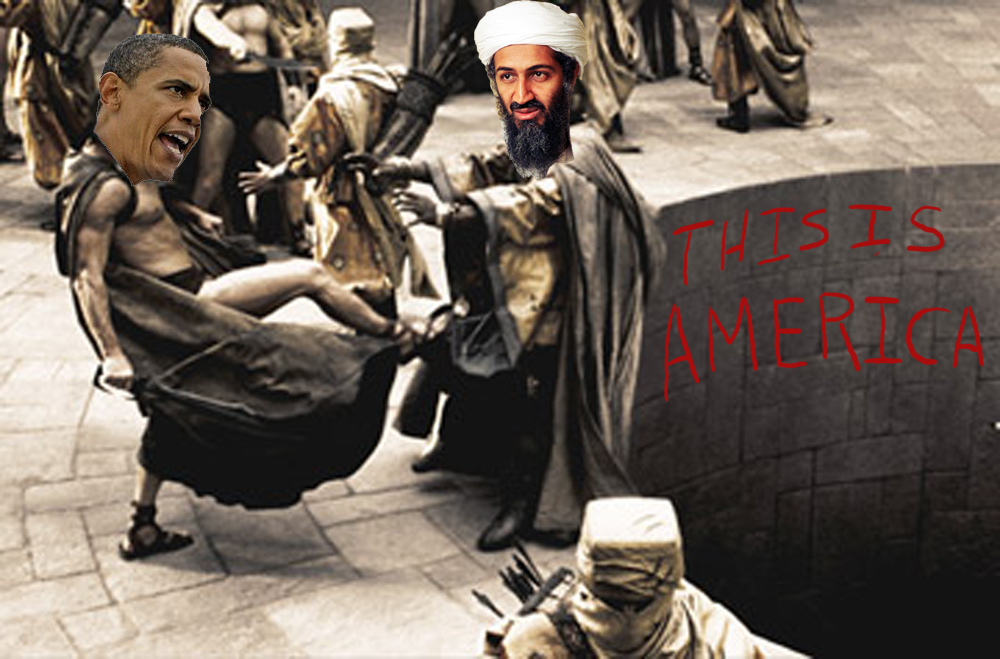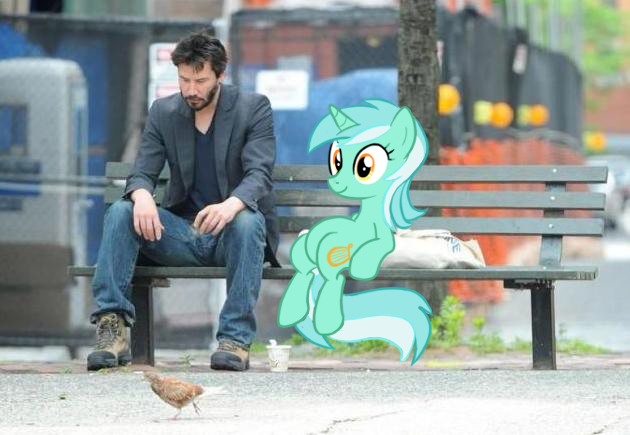Why Knowing About Memes Changes How They're Made
I’ve noticed a bit of a phenomenon recently in my travels around the Internet. More and more, users have become aware of memes. They are increasingly able to identify something as a viral trend and either share it with others or create their own version. The fascinating result of this meme awareness is that it has changed the way memes are made. Memes are now transformed not simply by the funny or memorable nature of the original image, but by how the creator knows it’s part of a meme.
This can at once spread the meme even further, or even lead to a meme crossover, a form of inside joke for those familiar with the nebulous community of meme generation.
It was almost inevitable, really. Sites like KnowYourMeme.com collect articles on important memes, and popularize the culture that surrounds meme creation. As a result, the official term “meme” became more widely known, and more users were able to identify content as belonging to a meme. Because memetic content is usually intended to be funny or at least parodize its subject, mash-up memes became attempts by users to be funny purely by cross-referencing one trend with another.
Call them meme crossovers, mash-ups or Internet culture’s illegitimate children, but I define these as images, videos and other content that were created specifically to make reference to other viral Internet trends. Examples include a combination of Keyboard Cat and Nyan Cat, or a seemingly incongruous mixture of Foul Bachelor Frog, Scumbag Hipster and The Most Interesting Man in the World. Whatever the components, the joke or punchline is reliant on how it combines elements of a number of recognizable trends.
There’s a sense that creating memetic content has spun off its own little online community. It’s nothing as cohesive or branded like Facebook or even Twitter. Still, amongst the group of people who know about memes, it appears that a culture of sharing newer, better versions of memes has evolved. Frequently, someone will generate a mash-up of two established trends, and only those familiar with both will get the joke. Other users will then share their own interpretations, forming a thread of memetic content that is noticeably “self-aware”.
In other words, users know they are using memes to create fun material, and encourage each other to come up with the next funny image or clip.
This means that the spread of the meme is no longer dependent on the qualities of the source material. Instead, the meme spreads for a variety of “meta” reasons. It could be because the creator wants to achieve some sort of online recognition. They hope their contribution will shape future posts. Alternately, the creator could simply enjoy manipulating images, and had an idea for a new instance of the meme.
It’s now common to see parody images hitting the web only hours after the original image or video went viral. A recent instance of this was the new Rebecca Black video “My Moment” (read my thoughts about that video here). The memetic reaction was swift. Soon after its posting, image boards were overflowing with content referencing the video, many of which took the form of meme crossovers:
I’d suspect that many of the users behind these images guessed that the “My Moment” video would generate a similar online reaction to Black’s more infamous song “Friday”. They were quick to add their parody to the list, likely as quantifiable proof that they participated in a widespread online trend. These users’ knowledge of how a meme behaves caused them to create content of their own, if only to say “I was there”.
Does this mean that memes have transcended their random, (dare I say) underground origins? I don’t think so. No matter how much we know about how memes are born, it’s difficult to predict which content will spawn a meme, and which form the meme will take. Unlike a lot of “institutions” on the Internet, the manipulation of memes feels like something that will be around for a long time. I believe there will always be a desire to comment on content through adapting it (often visually) to fit another trend.
The question is, how many permutations can one meme go through, and when does one die? Can it be resurrected by inclusion in a meme crossover? The “shelf life” of memes is a topic for another post. Until then, I’d like to hear from you on this topic! Have you noticed how memes have changed, the more people know about them? Do you think this makes the content better, or funnier? Or do you feel it’s making Internet memes into “The Man” – are they losing their anti-establishment sentiment? Let me know in the comments section.



